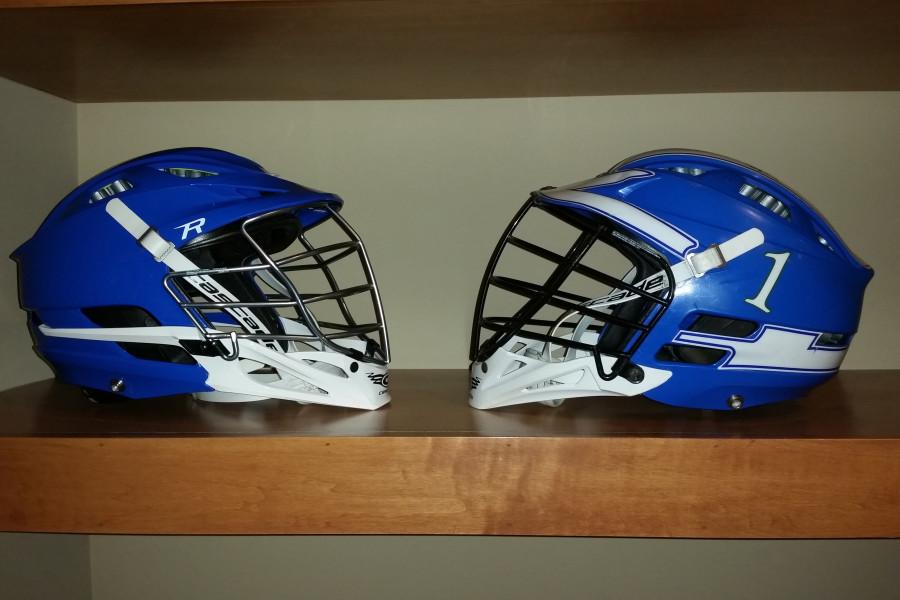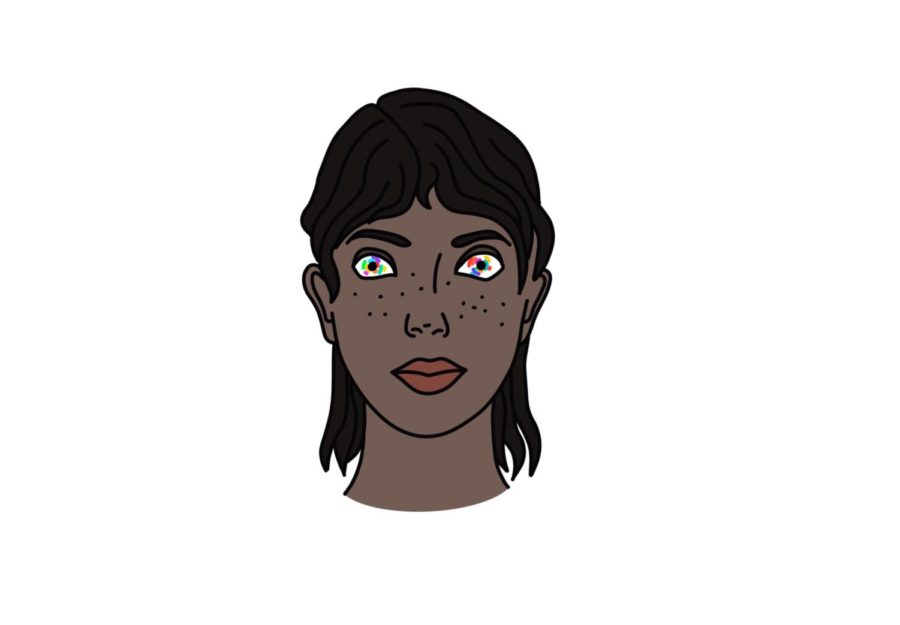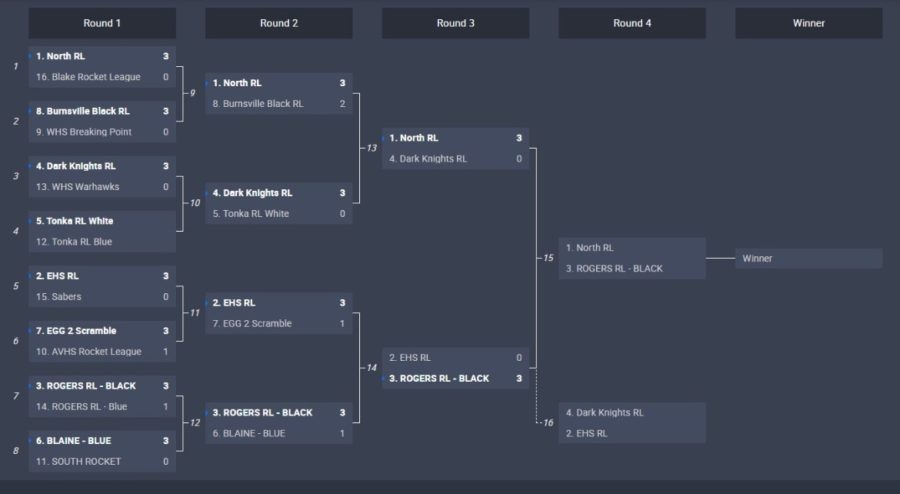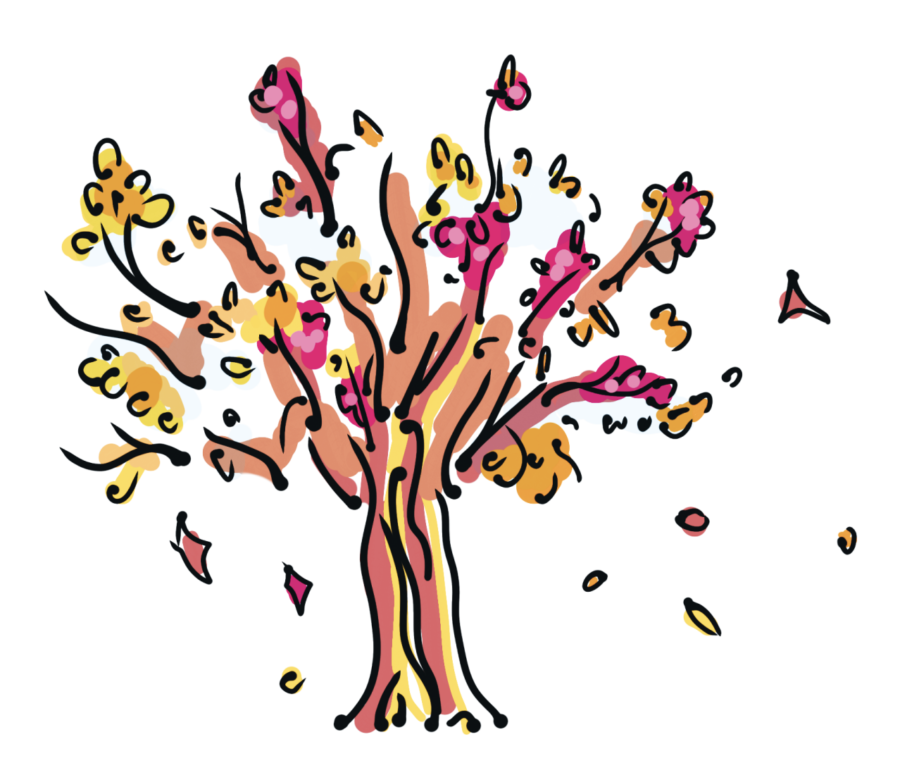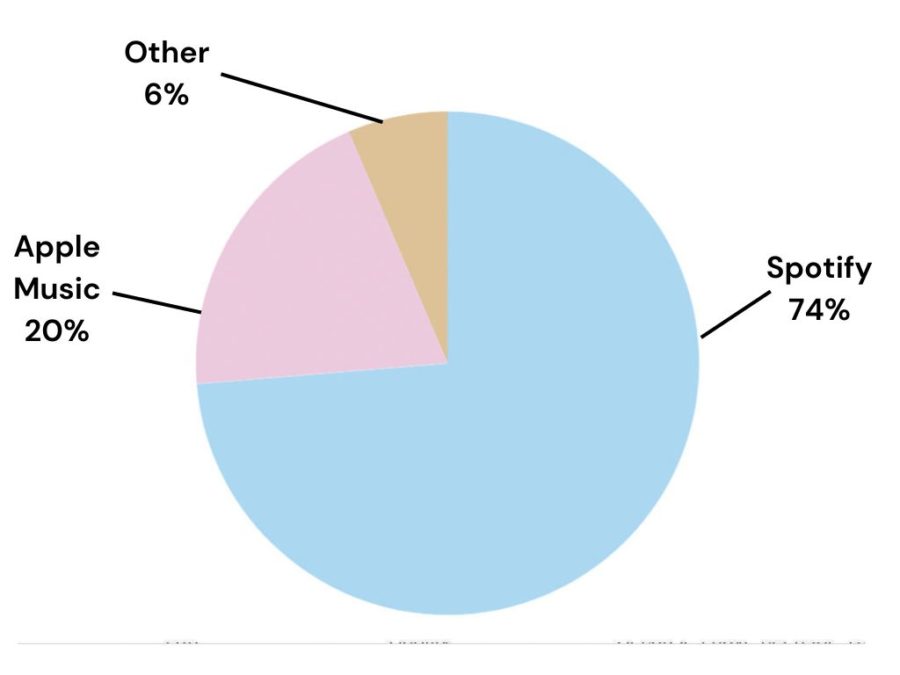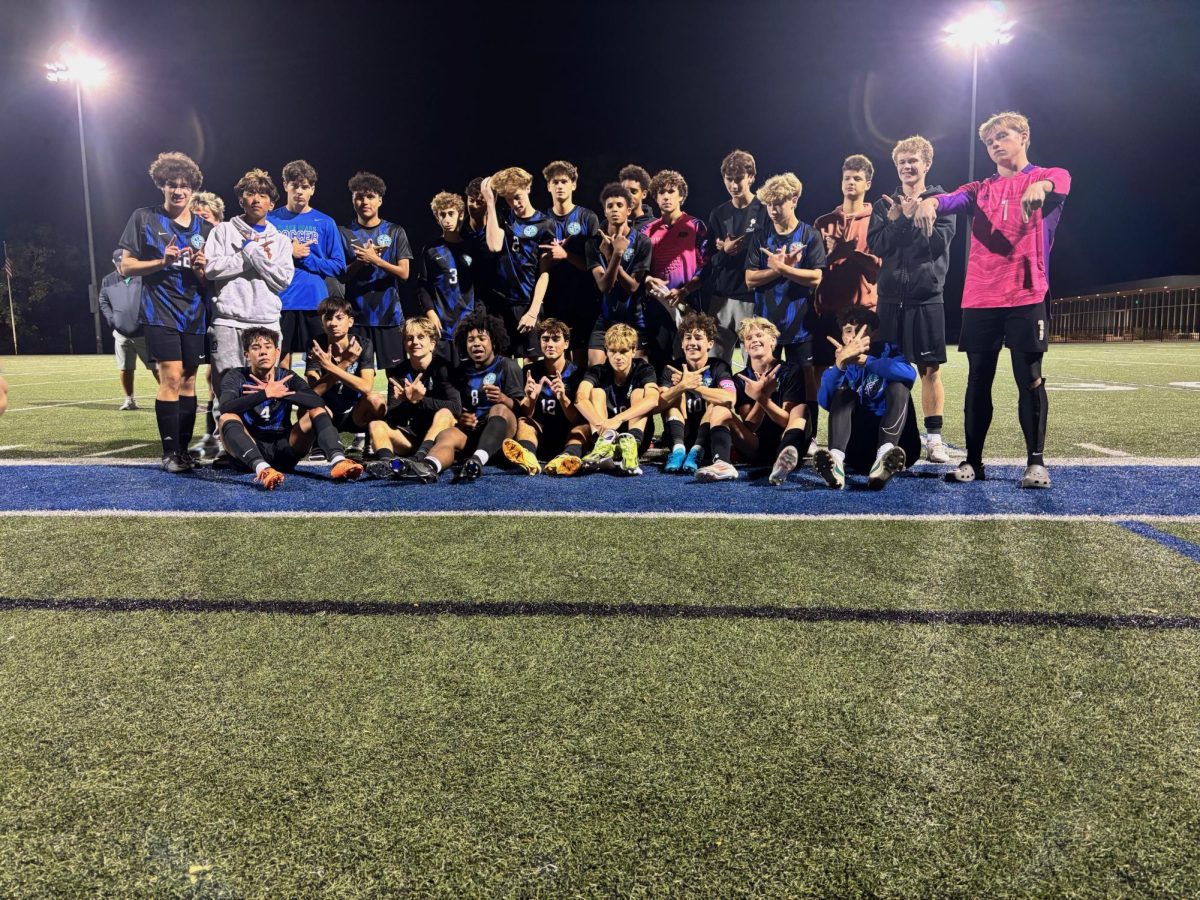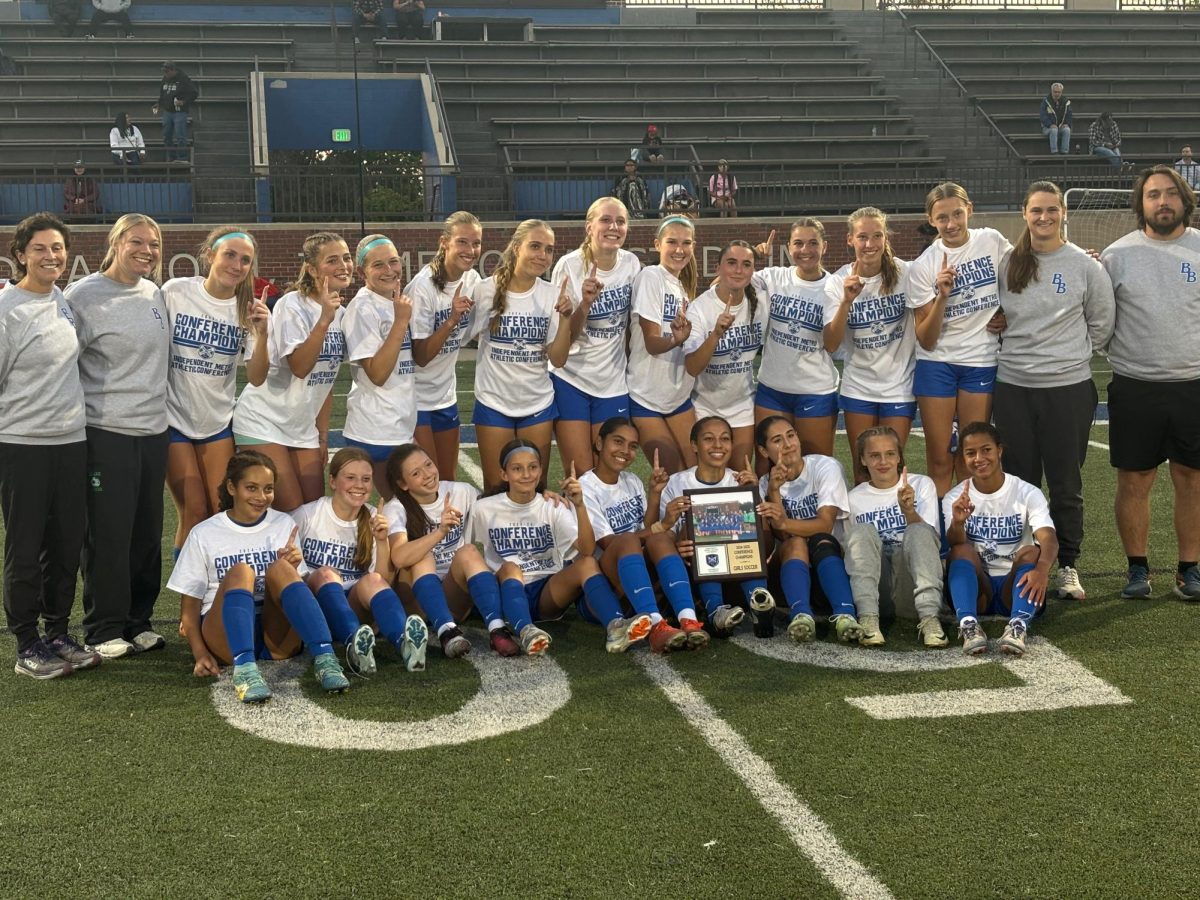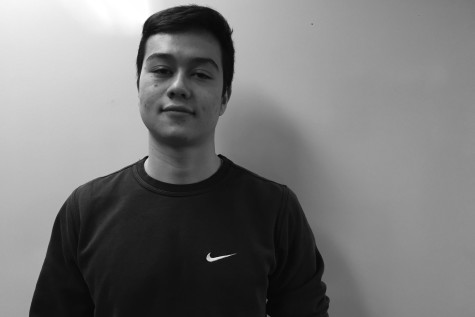Sarah Chute ’18 was elbowed by one of her opponents while she was in front of the net in the Girls’ State Hockey Championship and consequently sustained a concussion. She says, “I have gotten lots of headaches. Usually when I try to focus on things like doing homework, watching TV, looking at my phone. Also, right after my concussion I had a lot of mood swings…. I got really tired a lot and slept a lot.” Concussion symptoms do not always appear immediately. In fact, symptoms may start days to weeks after the initial injury.
The school’s trainer Abby Turbes, reports that during the 2015 school year there have been 21 reported concussions: 8 concussions in boys football, 6 in boys hockey, 3 in boys soccer, 2 in girls swim and dive, 1 in girls soccer, and 1 in girls hockey. Turbes says, “Not all cases were severe and not all needed to be held out of competition.”
According to the U.S National Library of Medicine, a concussion is a minor form of brain injury. The NLM writes, “Technically, a concussion is a short loss of normal brain function in response to a head injury. But people often use it to describe any minor injury to the head or brain.” In addition to the head or brain, concussions can be sustained from blows to the upper body.
Concussions are common sports injuries but also occur when a person has sustained a blow to the head or has hit their head when falling. However, concussions can occur even with the smallest jolt as it causes the brain to move in the skull. This causes tearing and damaging of brain cells which create chemical changes in the brain. A computerized tomography or CT scan is commonly done after sustaining a concussion. In order to diagnose a concussions, doctors conduct a series of tests including neurological examinations. According to the Mayo Clinic, these examinations includes checking a person’s vision, hearing, strength and sensation, balance, coordination, and reflexes. In addition to neurological evaluations, doctors conduct cognitive tests that check for memory, concentration, and ability to recall information. If symptoms include migraines, seizures, vomiting, or worsening symptoms then brain imaging is required to detect if the brain swelling or hemorrhage. For this, a magnetic resonance imaging or an MRI scan uses magnets and radio waves to view bleeding in the brain.
In addition to headaches, symptoms can include seizures, trouble sleeping, weakness, slurred speech, confusion, and vomiting. Once the symptoms begin to show, it typically takes two or more weeks to recover. Eric Elftmann ’17 recalls, “I had a bad headache and it when it didn’t go away for a few days I knew I had a concussion.” He continues, “I got two [concussions] last year both in hockey.”
Quinn Kiernat ’17 adds he had “headaches and [an] inability to look at a screen for an extended period of time.” Common symptoms are headaches, but the severity and recurrence of these symptoms depends on how serious the concussion was. The Mayo Clinic reports “Resuming sports too soon increases the risk of a second concussion and of lasting, potentially fatal brain injury.”
Though many students do not want to get behind on their schoolwork, rest is imperative when recovering from a concussion as the brain needs to heal and repair itself from the blow. This includes limiting activities that require mental concentration including reading, texting, schoolwork. Also, avoiding activities that require physical exertion. In order to relieve headaches, concussed people are recommended to take medicines with acetaminophen like Tylenol rather than pain relievers like Ibuprofen which increase the risk of bleeding.
Elftmann shares, “[The concussion] made me get really far behind. And then it was hard to get caught up because I would get headaches a lot and have to stop working. It took a long time to get done with my homework. I couldn’t take tests for a while too. So I got really behind.”

